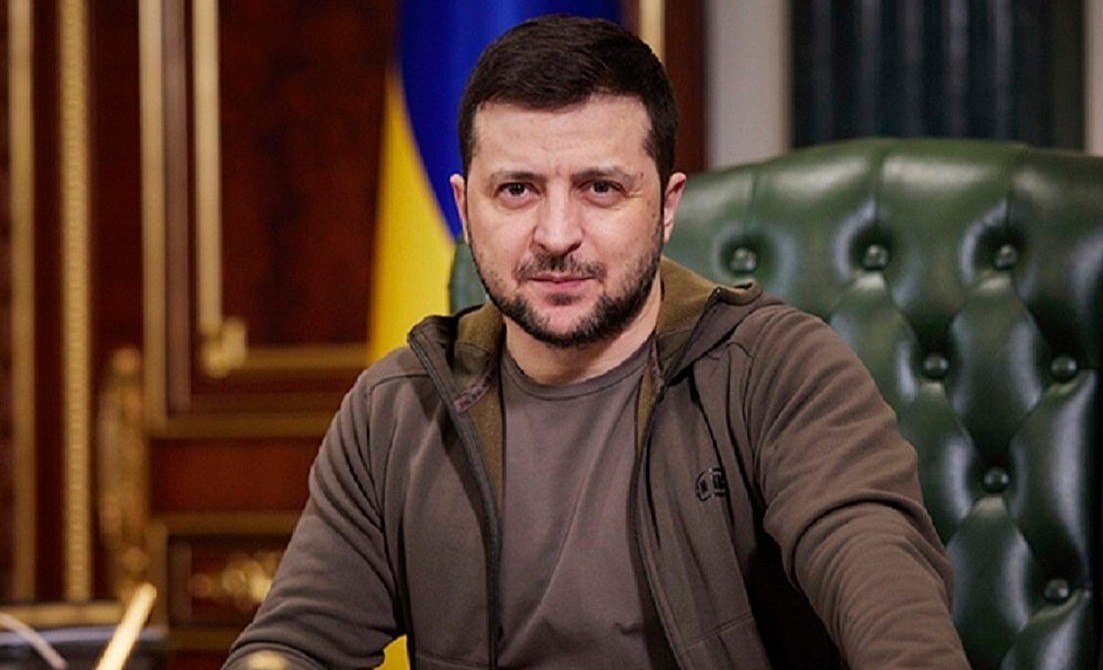The United States has affirmed that a significant surge of “firepower” is en route to Ukraine, facilitated by European nations purchasing American weapons through a new multi-billion dollar alliance initiative. However, a decisive request from Kyiv for long-range Tomahawk missiles hinges on an upcoming meeting between President Volodymyr Zelensky and U.S. President Donald Trump.
The commitment was voiced by U.S. Secretary of Defense Pete Hegseth during a gathering of NATO defense ministers, backing alliance chief Mark Rutte. “Firepower, that’s what is coming,” Hegseth stated, emphasizing that European “commitments” would soon materialize as battlefield “capabilities” for Ukraine.
This arms transfer is being coordinated under the new Prioritized Ukraine Requirements List (PURL), a mechanism that has already secured $2 billion in pledges, with further commitments anticipated. While the PULL streamlines the delivery of various weapons systems, the provision of Tomahawk missiles—which would enable Ukraine to strike targets deep inside Russia—remains a strictly bilateral matter between Washington and Kyiv.
“That is a bilateral question,” Rutte confirmed, deferring to direct U.S.-Ukraine talks. The issue is expected to be a top priority for President Zelensky when he meets with President Trump at the White House on Friday. The Trump administration has sent conflicting signals, previously indicating a willingness to supply the missiles as the President’s patience with Russian leader Vladimir Putin fluctuates.
The meeting in Brussels yielded immediate, tangible support. The United Kingdom pledged 100,000 drones, while the Netherlands committed €90 million ($104 million) to help Ukraine build its own drone capacity.
The ministers’ discussions were underscored by a heightened sense of urgency following recent Russian incursions into NATO airspace. The most serious incident last month saw NATO aircraft fire the alliance’s first shots of the conflict, downing suspected Russian drones over Poland.
Britain’s Defense Minister, John Healey, denounced the violations as “reckless, dangerous and totally unacceptable,” announcing that British aircraft would continue to patrol Polish airspace through year’s end. “If NATO is threatened, we will act, and we must meet his (Putin’s) escalation with our strength,” Healey asserted.
Meanwhile, Dutch Defense Minister Ruben Brekelmans cautioned that the alliance requires more efficient defenses than advanced fighter jets to counter the drone threat. “F-35s are not the most efficient way to take out drones,” he noted, despite his pride in Dutch F-35s successfully engaging targets in Poland. “The Russian threat is coming more, and more, on NATO territory.”
This escalating threat informed a firm consensus among several allies on Ukraine’s right to strike back. Latvian Defense Minister Andris Sprūds argued that weaponry capable of hitting targets in Russia is “crucial” for Ukrainian self-defense, stating it is a “legitimate right” when Russian attacks target civilian infrastructure.
Echoing this, Finnish Defense Minister Antti Hakkanen warned that the Russian threat to NATO will persist long after the war in Ukraine concludes. “Russia is really doing their military build-up for the second phase of their potential aggression… there are real threats for NATO after the Ukrainian war,” Hakkanen said, pointing to ongoing Russian military modernization and troop build-ups near NATO borders.



